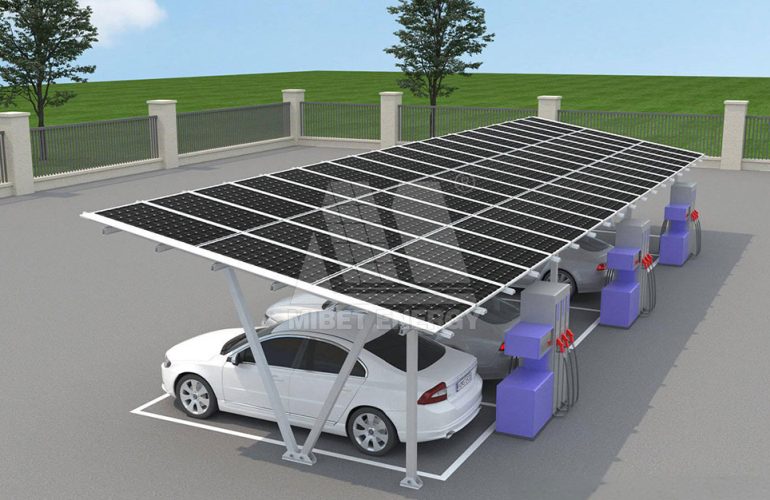

Understanding the performance and application scenarios of different amp EV chargers is crucial in the field of electric vehicle charging. Amps not only affect charging speed, but also vehicle safety and home circuit stability. Choosing the right charger can significantly enhance the user experience.
Amp is short for ampere. It’s a scientific term for electric current and also one of the seven basic units of the International System of Units, used to quantify the strength of electric current in a circuit. It shows how much electric charge flows through a wire or device at any given moment. Specifically, 1 amp means 1 coulomb of charge passes through a conductor’s cross-section in 1 second. It measures the amount of charge flowing through the conductor in a unit of time.
Amps are a key indicator of an EV charger’s performance. They directly affect how much power the charger can deliver to the vehicle’s battery in a unit of time. This, in turn, affects charging speed. Generally, the higher the amps, the faster the charging speed. For example, a 32-amp charger provides 7.7 kilowatts of power. A 40-amp charger provides 9.6 kilowatts. This means a 40-amp charger can charge the vehicle faster.
However, not all electric vehicles can handle high-current charging. Many models are designed for a maximum current of 32 amps. So when choosing an EV charger, you must check the vehicle’s specifications first. This ensures compatibility and prevents damage to the vehicle’s battery or the charger due to excessive current.
Also, the current size is related to the capacity of the home circuit. The total amp capacity of a typical home circuit is usually between 100 and 200 amps. If the charger’s current exceeds this range, it may cause power shortages for other devices or even trip the circuit breaker. Therefore, before installing a high-amp charger, it’s best to consult an electrician. Find out the available amps in your home circuit and determine whether you need to upgrade the circuit board to use the charger safely and stably.
| 32Amp EV Charger | 40Amp EV Charger | 50Amp EV Charger | |
| Charging Power | 7.7kw | 9.6kw | 12kw |
| Charging Speed | 8h for a 60kWh battery | 6h for a 60kWh battery | 5h for a 60kWh battery |
| Required Circuit | 40 Amp Circuit | 50 Amp Circuit | 70 Amp Circuit |
| Installation & Cost | simpler and cheaper, fitting most home systems without needing major upgrades | need to upgrade the home’s electrical panel and wiring, which increases the total cost | complex and expensive |
Amps, as a measure of electric current strength, play a decisive role in the performance of EV chargers. Chargers with different amp ratings vary in charging power, speed, and installation requirements. Drivers should choose a charger based on their vehicle’s specifications and home circuit conditions. This ensures efficient and safe charging and the long-term stable operation of the vehicle and equipment.
If your daily commute is short and your vehicle’s maximum acceptance rate doesn’t exceed 7.7 kilowatts, a 32-amp charger is sufficient. It’s easy to install and fits most existing power systems. For longer commutes and larger-battery vehicles, a 40-amp charger charges faster. But it requires a compatible home power system and has a higher installation cost. A 50-amp charger charges even faster. However, its limited applicability and high installation cost restrict its popularity. When choosing a charger, you should consider vehicle specifications, home power systems, and installation costs.
A higher-amp charger is not always better. Although it charges faster and is suitable for frequent use and urgent charging situations, it has a high installation cost. It may also require an upgrade to the home power system. If you charge at night or your vehicle doesn’t need high-power charging, a 32-amp charger is enough. There’s no need to pursue a higher amp rating.
If your electric vehicle only supports 32 amps, don’t use a 40-amp charger. The vehicle’s charging system is designed for 32 amps. A 40-amp charger may exceed the vehicle’s capacity. This can affect charging safety and performance. So, for safety and compatibility, use a charger that matches the vehicle’s maximum acceptance current.